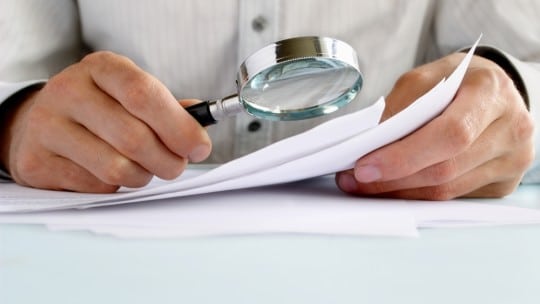
In the field of public relations, communication is imperative. From client expectations to fostering mutually beneficial media relationships, there’s no amount of work that’s too much when it comes to being an efficient and accurate communicator.
And that’s where copy editing comes in. Maybe you have an in-house copy editor or a co-worker who functions as the de facto copy editor, but it’s never a bad idea to take the initiative to improve your existing skill set.
Succinct, well-written, properly formatted writing is important; not only does it mitigate any embarrassing errors that could cost your brand some dignity points, but it also will further endear you to your clients and professional contacts as someone who can produce work that won’t require more work.
Here are five helpful ways to brush up on copy editing skills.
Put Down the Red Pen
…And then pick it up again. Before you begin the editing process, read the entire piece from start to finish without making any notes. This will give you a better feel for the flow of the piece and help you find any gaps in the structure. Although it may be tempting to whip out the red pen and start chipping away, take a moment to read the writing in its entirety. It will save you time down the road.
Brush Up on Grammar, Style and Punctuation Rules
Despite our best efforts, the rules of grammar, punctuation and AP Style are always changing. In fact, the AP Stylebook makes significant changes to its book every year, and it’s in everyone’s best interest to pay attention to these changes and adapt our writing and editing accordingly. Don’t be afraid to use online resources to help you brush up, if needed—Grammar Girl, Purdue Owl and the AP Style Twitter account are all tools that I use regularly to corroborate edits for clients.
Look for Consistency
Copy editing is a lot more than a glorified spell check and a cursory sweep for properly placed commas. A good copy editor will also note verb tense continuity, spacing, formatting, font sizes and consistency of capitalization and abbreviations. A helpful hint: If possible, print out the piece in question and go through the edits by hand. Spacing issues, color differences and page formatting issues are more visible when you can hold the page and see it up close. When you’ve thoroughly combed the piece for errors, make good use of the Find & Replace tool in Word—this can be a huge time-saver for recurring errors, such as double spaces after periods and misspelled proper nouns.
Take a Break
Don’t be afraid to take a break and get another set of eyes on a project; sometimes we just get too close to the work and we’re unable to scope out larger structural or flow issues that can plague a piece. Set yourself an earlier deadline so that you can put your project down, do some other work, then return to it with fresh eyes. Before you send it back to your client, read it from start to finish again to catch any last-minute mistakes.
Read
The most helpful way to increase your existing skill set to become a better copy editor is simply to absorb a lot of copy. Find a genre of literature that appeals to you—it could be fiction, biographies, food writing or anything that piques your interest—and schedule some time in your non-work hours to relax with a book. And in the PR discipline, it is critical to watch, read and listen to news: It helps in becoming a better writer and editor, while also keeping you connected to news style and story angles. Not only will it keep your editing eye sharp, but you also will get a feel for the way different writers express themselves, which will broaden your scope of reference when it comes to refining a brand voice.
Amy Lecza is the content marketing lead at All Points Public Relations where she ghostwrites, copy edits and creates integrated content marketing campaign for franchise-industry clients. Amy is an avid reader and has won a national AP Style copy editing competition.
